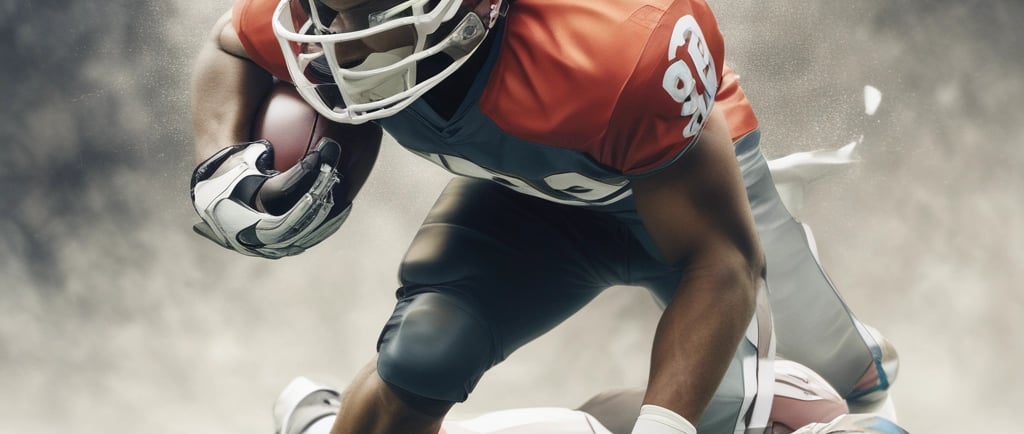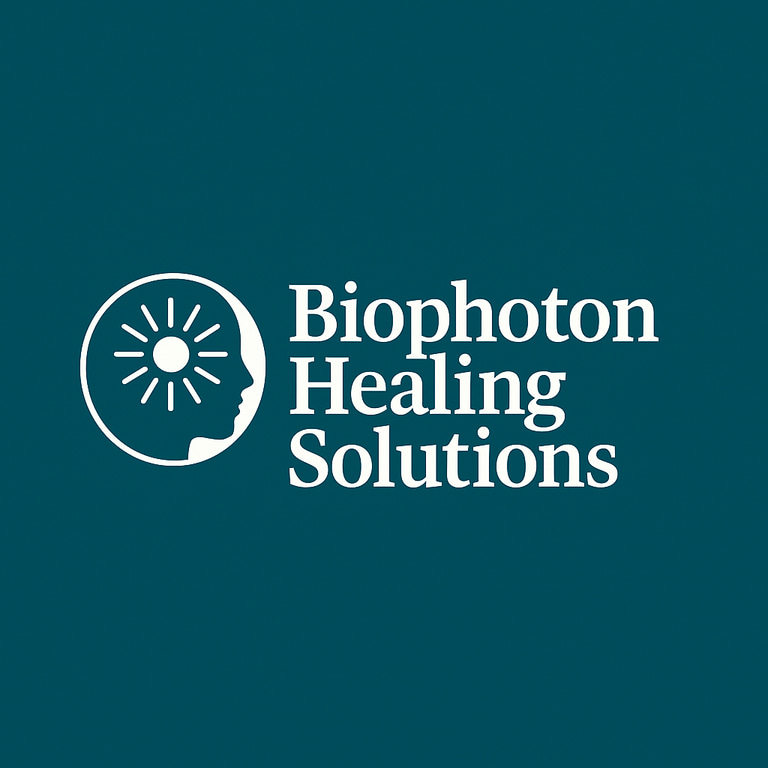Non-Invasive Biophoton Therapy for Neurocognitive Recovery After TBI (Former NFL Players)
Pilot data in retired NFL players suggest biophoton therapy may improve sleep, cognition, mood, and quality of life after chronic TBI, with supportive EEG trends.
Jeffrey L Mejeras
8/21/20251 min read


Introduction
Chronic traumatic brain injury (TBI) can leave former contact-sport athletes with long-standing challenges in sleep, memory, mood, and physical performance. Emerging evidence suggests that non-invasive biophoton therapy—strong, coherent light fields within the optical/near-infrared window—may support mitochondrial function, neural regulation, and quality of life in this population.
Study Snapshot
Population: Retired professional football players with chronic TBI-related symptoms (observational cohort); plus one blinded, placebo-controlled case with serial EEG.
Intervention: Nightly use (≥8h) of biophoton generators for 60–120 days.
Measures: Sleep, pain, cognition, energy, mood, relationships; SF-36; qEEG/ERP markers of neuro-regulation.
Key Findings
Rapid sleep restoration: 100% reported full-night sleep on Night 1.
Cognition & pain: By Day 30, ~85% noted better memory and less pain.
Global function: By Day 60, participants reported clear mental function, improved physical/emotional well-being, and restored sexual performance.
Objective trends: In the blinded case, qEEG suggested improvements in frontal alpha asymmetry (mood), attentional markers, and posterior peak frequency (cognitive readiness); one participant’s SF-36 improved ~42% in 4 weeks.
Safety: No adverse events were reported in this pilot context.
Important: Results are preliminary and come from pilot/observational data. Larger randomized trials are needed to confirm efficacy.
How Might It Work?
Biophoton fields may optimize mitochondrial energy pathways, modulate neuroinflammation, and improve network coherence—changes that can show up in EEG and real-world recovery markers.
Practical Takeaways (Educational)
Non-invasive, passive, and drug-free exposure (e.g., during sleep).
Best considered as a complement to clinician-guided care and rehab programs.
Monitor real-world markers: sleep quality, pain frequency, cognitive tasks, and QoL scales.
Related Reads on Our Site
Stroke Rehabilitation & Biophoton Therapy (neuroplasticity focus)
Biophoton Quantum Medicine (overview for clinicians)
Disclaimer
This article is educational and not medical advice. Always consult a qualified clinician for diagnosis and treatment.
Reference & Attribution
Thomas T, Gu HY, Smotrys MA, Robinson SD, Liu JZ. Non-Invasive Biophoton Therapy for Neurocognitive and Physical Recovery in Retired Athletes with TBI. J Neurol Res Rev Rep. 2025. Open access/CC BY.
